Manikarnika: The Queen of Jhansi is the life story of Manikarnika (later becomes Rani Lakshmibai after marriage) who is well known in history as the brave queen of Jhansi. The film, which is a biopic of the Rani of Jhansi, revolves around themes of patriotism, pride for the nation, love for mother tongue and many more. The film showcases impressive performance of its actors, especially the lead Kangana Ranaut who plays the titular role. She has also directed parts of the movie. However, the film fails in giving a thrilling visual treat one expects from a period drama.
The film has Kangana Ranaut, Ankita Lokhande, and Danny Denzongappa starring in its major roles. The leading actress Kangana who has become a powerful actress in Bollywood through her amazing performances and brave stand against patriarchy in the film industry has definitely shown her talent throughout the film. She manages to capture the bravery of the queen in her dialogue delivery, facial expressions, and flawless fighting sequences. However, the film does not have any interesting sub plots or characters that could match Ranaut’s performance.
Manikarnika is just another one-dimensional character in an action movie, with the only difference of having a female lead.
Manikarnika has been caught in controversy since the time of its making with the director walking out and the actress taking up the role of the director herself. The attacks by the Karni Sena to which the actress had replied by saying “I am a Rajput and I will destroy each one of them” had made news before its release.
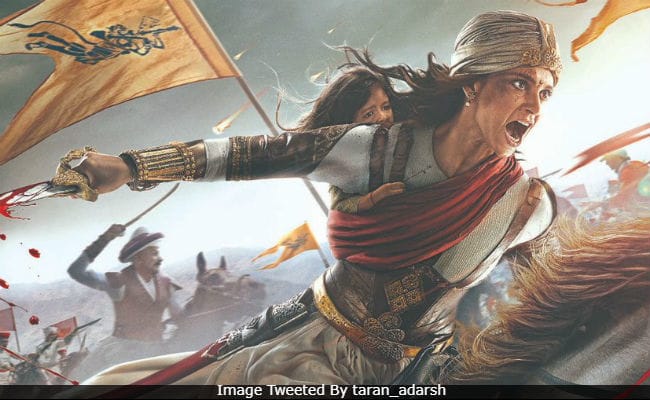
The queen who bravely fought against the British who tried to take control of her kingdom and succumbed to death in the battlefield. This is what we all know about Rani Lakshmibai from school textbooks and the film is depicting that but in a superhero movie trope. The film makes the character in to a superwoman from the beginning itself.
Also read: Accamma Cherian: The Jhansi Rani Of Travancore | #IndianWomenInHistory
The way Kangana Ranaut fights with a tiger in her introductory scene, jumps on top of horses, fights with hundreds of British soldiers with a single sword in the end and all other gravity defying stunts make Manikarnika just another one-dimensional character in an action movie, with the only difference of having a female lead.
The film tries to rekindle desh bhakthi (patriotism) by bringing the brave story of the queen who fought for the matrubhoomi (mother nation). There are many references to the mother tongue and land being like one’s mother which should be protected at all means. She tells her husband the king that the answer to all problems is in “matrubhoomi se niswarth prem” (selfless love for one’s nation) The scene where she saves a calf from being butchered by the British to declare that all animals in the kingdom belong to the king cannot be seen outside the present context of gauraksha (cow vigilantism). The scenes where she fights the British in a saffron coloured sari and the final scenes where she is burnt to make an Om symbol, the subtle strokes of Hindutva nationalism is throughout the plot.
The climax where women from the village take part in the battle against the British is inspiring. Nevertheless the film gets its gender politics wrong at different scenes.
The staunch Rani Lakshmibai tries to smash patriarchy and misogyny. She doesn’t obey her mother in law’s command to just look after the kitchen or follow the cloistered life of a widow. The climax where women from the village take part in the battle against the British is inspiring. Nevertheless the film gets its gender politics wrong at different scenes. A film that is about a woman leader talks about how women can ‘fight like men’.
The king who loves art and who wears bangles is seen incapable and the only hope for the nation is to bring a warrior like Manikarnika through marriage. The most disturbing aspect was the bangles worn by the King, which he likens to handcuffs and describes as a symbol of emasculation and servitude to the British. Women are asked to come out and fight in the battle by the queen herself, but something worn by women is already established as a symbol of enslavement and defeat.
The film has many unrequired sequences in the first half. The British rulers who speak broken Hindi become often-seen stock characters and do not appear as villains. The scenes where Manikarnika gives a speech in fluent English and says “Maatrbhasha maa hoti hai” about the importance of mother tongue, which I guess is Hindi here, falls flat and out of place. The loud and continues “Har Har Mahadev” and aazadi chants throughout the second half doesn’t evoke any emotion.
Jhalkari Bai played by Ankita Lokhande is another well performed character. Jhalkari Bai, the legendary Dalit woman fighter is often forgotten in mainstream Indian history. The movie gives clues to her lower caste status and ‘untouchability’ through a scene where she is hesitant to hand a glass of milk to Manikarnika, the queen. However the queen asks her to give it to her directly. This is shown as the queen’s open mindedness and benevolence.
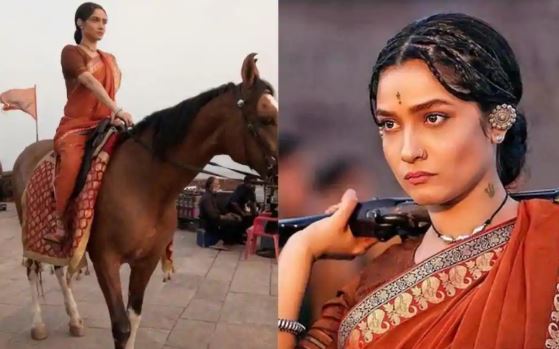
Jhalkari Bai joins the army readily even when pregnant and is ready to sacrifice her life for the nation. She even disguises herself as the queen and let’s the queen escape with her little son. However, the the valiant leader is made into an object of male pleasure by an ‘item song’ and dancing “dankila tathaiya” in a half-clad sari. A legendary Dalit woman fighter who has to do a dance number in a film about another women fighter shows the problems of mainstream Bollywood ‘feminism’ which is silent about caste and class privileges. Kangana Ranaut’s assertion of her Rajput lineage also points the same.
Also read: Watch: Meet The Rani Jhansi Regiment Of The INA
The poorly directed movie with unsatisfying editing, graphics, and poorly done story telling makes one feel disappointed. The film doesn’t do justice to the brave Rani of Jhansi who broke many norms of her time or to the actress Kangana Ranaut who calls herself a ‘feminist’. It doesn’t leave you with a sense of national pride or give you the satisfaction of watching a movie with a powerful female lead. The drama around the film production is certainly missing in the film.
This article has been updated to include criticism on the portrayal of Jhalkari Bai on 31st January, 2019.
Feature Image Source: India Today
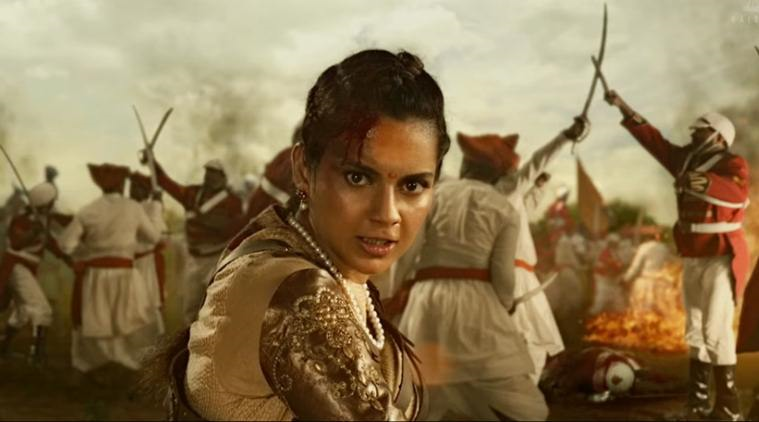
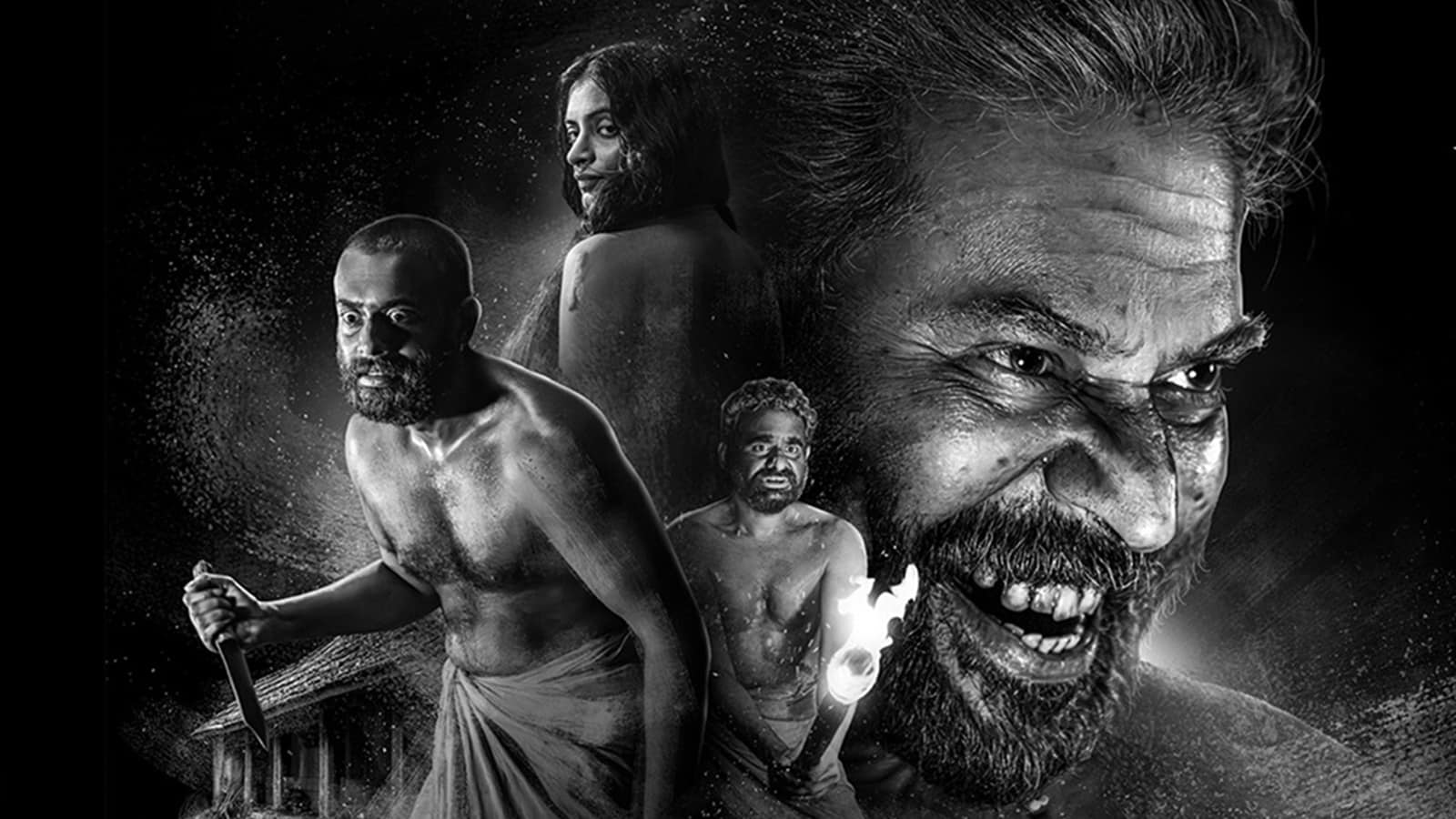

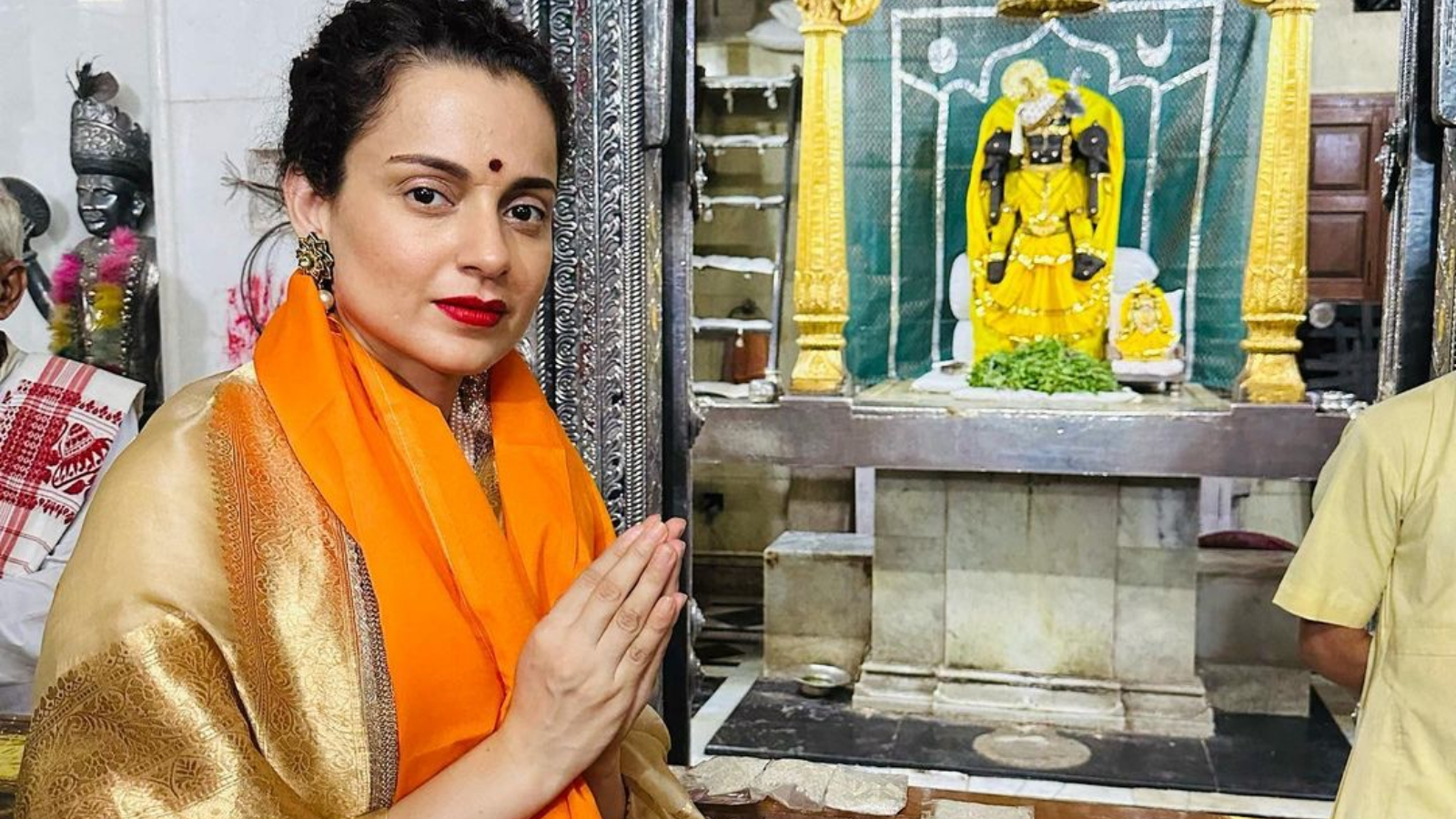

I am all for women empowerment and so I have to differ from the writer. Perhaps it is not progress in today’s world to SAY that women can fight like men because at least the feminists think it is a foregone conclusion. But I mean really? Let’s be honest and descend from fantastical worlds to ground reality – how many women can actually fight like men today – I am asking about statistical numbers, not whether theoretically they can or not? What can be stated and what’s the ground reality are two different things!
So what’s shown in the movie is very much progress, and it’s progress that India needs desperately. If women can learn to fight like Manikarnika, the number of rapes in cities like Delhi would certainly go down. The movie shows that women very much have the capacity to defeat men in actual physical fights and I am sorry to burst the fantastical bubble of these lazy, sofa-ridden feminists, but this is something the men and women of India and at large, the world, still do not get.
These “literary” feminists fight over words – what can or cannot be said, shown, etc. They are far removed from reality and from ideas that can actually improve the ground reality. They need to remember that the first step towards improvement of any kind is acceptance of the reality.
Having said that, there is another reason why this writer’s argument sounds hollow. The movie is not depicting the world of today; it is depicting the world and India of the 19th century. Moreover, Hugh Rose’s words are a historical fact stated in appreciation of the Rani. Historical fact has little to do with what feminists of today like or do not like.
In the context of street fighting, you would have a point, but this movie was about wars. Wars today dont need MMA fighters. They are fought with weaponry- which newsflash, women can use. The interesting thing about wars in the 1800s is that projectile weapons were already around, even swords were no longer what won the wars.
Its very much a matter of training and practice. Very few PEOPLE are born fighters. A sedentary man will be as useless against a street goon as a sedentary women- yes you may refer to your beloved statistics about muggings. I am sorry to burst your fantastical bubble, but street goons do not wait for you to fight them fairly- they travel in packs, carry knives and if you want to talk about Delhi rapes- have you forgotten that the most famous one happened in front of her male friend? or the gang rape of the family in front of the father?
The movie is far from historically appropriate or even realistic- but honestly its not the only half-baked period drama. Why is the writer hollow for expecting more dimensional, nuanced storytelling or one that showcases how Manikarnika became the cool queen that she was without having to frame her as a born Superwoman?